Montblanc high-end pens underline its credentials as luxury brand
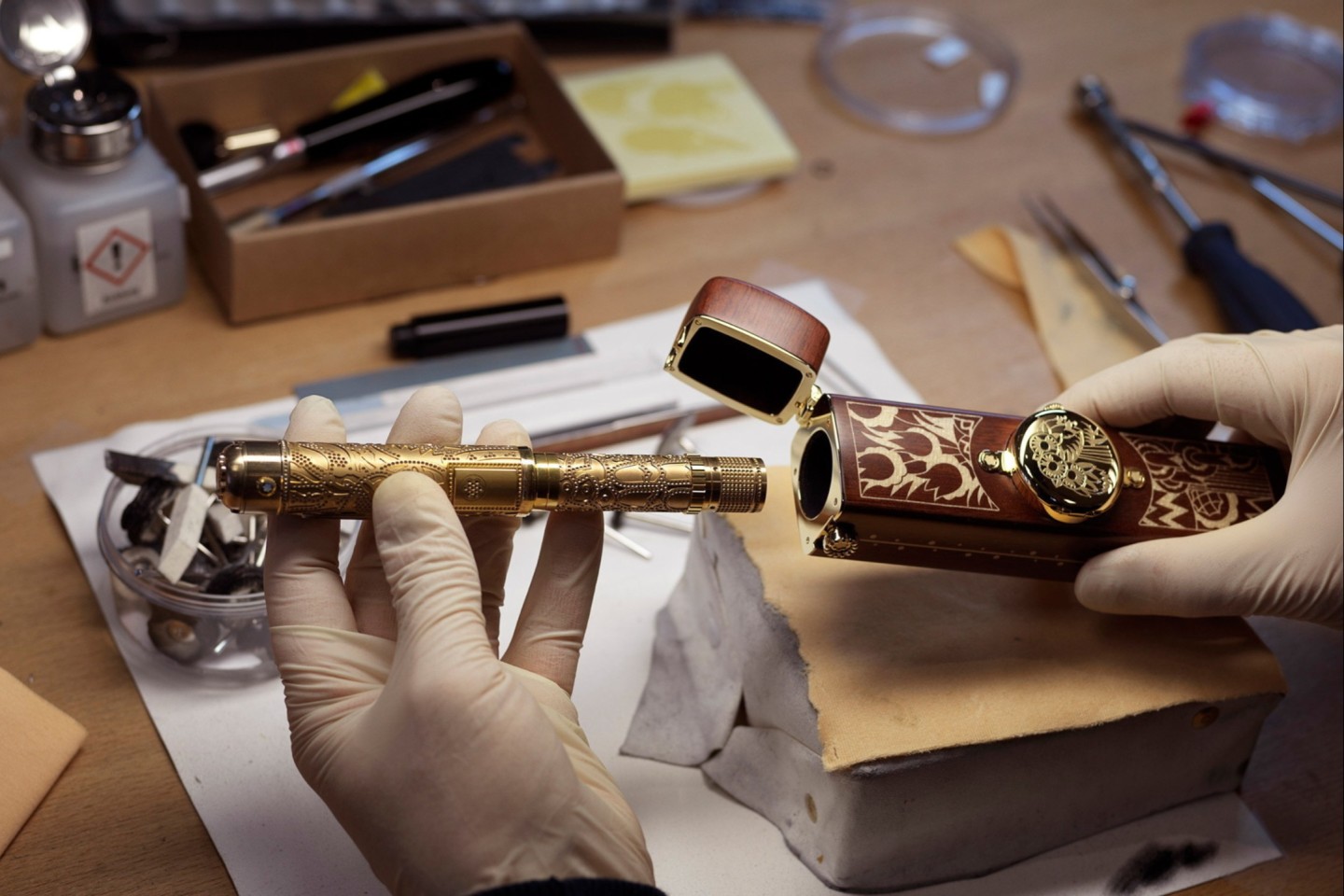
Roula Khalaf, Editor of the FT, selects her favourite stories in this weekly newsletter.
A few weeks after launching its latest timepieces at this year’s Watches and Wonders trade fair in Geneva, Montblanc had another presentation in store. This time, clients were shown seven High Artistry pens with prices up to more than $1mn. They came from the Richemont-owned brand’s collection of limited edition writing instruments inspired by the Orient Express train.
Introduced in 2016, these High Artistry pens are embellished with diamonds, precious gems and enamelling details, and are also fitted with timepieces, constituting a sui generis category in which Montblanc is the only player.
“The idea is not just to look at how we can take some market share; it’s more how we give relevance to the whole category, and giving relevance is about inspiring writing,” explains Montblanc chief executive Nicolas Baretzki.
With digital devices now being used for everything from note-taking to doing homework, the expectation might have been that pens and stationery were on their way out. But the figures tell a very different story. A report by Grand View Research valued the global market size of writing instruments at $17.08bn in 2022, forecasting a compound annual growth rate of 4.3 per cent between this year and 2030.
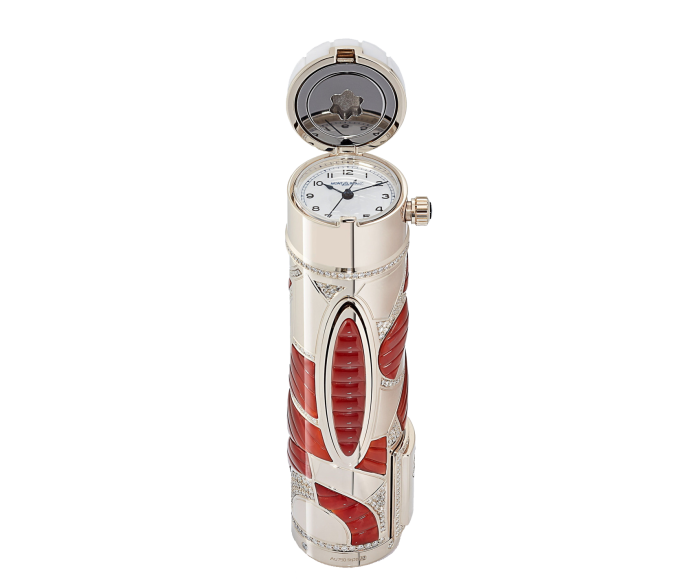
In 2022, Asia-Pacific accounted for 31.4 per cent of the market because of rapidly rising literacy levels and the development of educational institutions across south-east Asia — particularly in India. In the west, growth has been driven by the enduring popularity of premium writing instruments as gifts, and the trend of journaling, as popularised on social media.
Alongside businesses such as Caran d’Ache, Faber-Castell, ST Dupont, and Smythson — which all specialise in stationery and writing instruments — jewellers such as Cartier and Chopard are offering pens as part of their ever-expanding art-of-living category. Chopard has a corner of London department store Harrods dedicated to its accessory line.
For Montblanc, though, its high-end pens are less about expansion than highlighting its origins and brand identity. Founded in 1906 by three entrepreneurs who created a pen with a built-in ink reservoir, the Hamburg-based company expanded into leather goods. After becoming part of the Richemont Group in 1993, Montblanc presented its first watches in 1997 and grew the category by acquiring the Swiss factory Minerva in 2006. The leather goods category was boosted in 2021 with the appointment of artistic director Marco Tomasetta.
CEO Baretzki pursued the idea of launching High Artistry pens after the company decided to pause the line of jewellery launched around 2007. “We had the high-jewellery thinking, the skills, the beautiful gems, we just had to find the right medium to express ourselves,” he recalls.
Montblanc is now doubling down on its writing heritage with the opening of Montblanc Haus in Hamburg, a 3,600 sq m temple dedicated to the art of writing and calligraphy workshops.
“Montblanc has been effective in branching out from a very mature writing product family into other product categories, while credibility in pens has definitely helped in adjacent product categories, especially small leather goods,” reckons Luca Solca, an analyst at research and brokerage firm Bernstein.
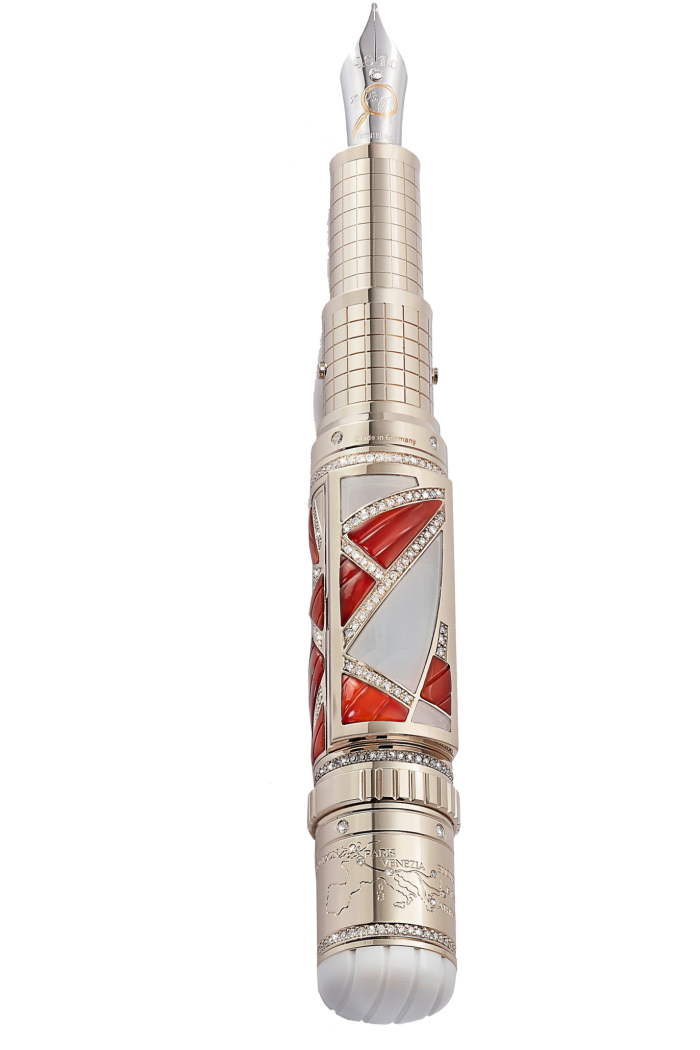
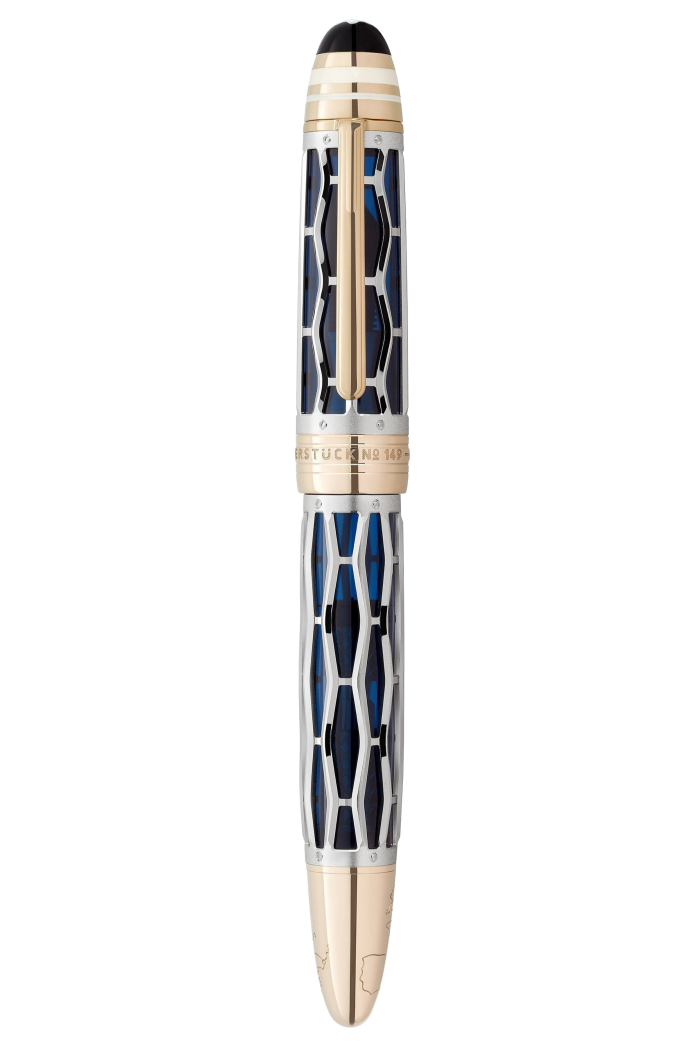
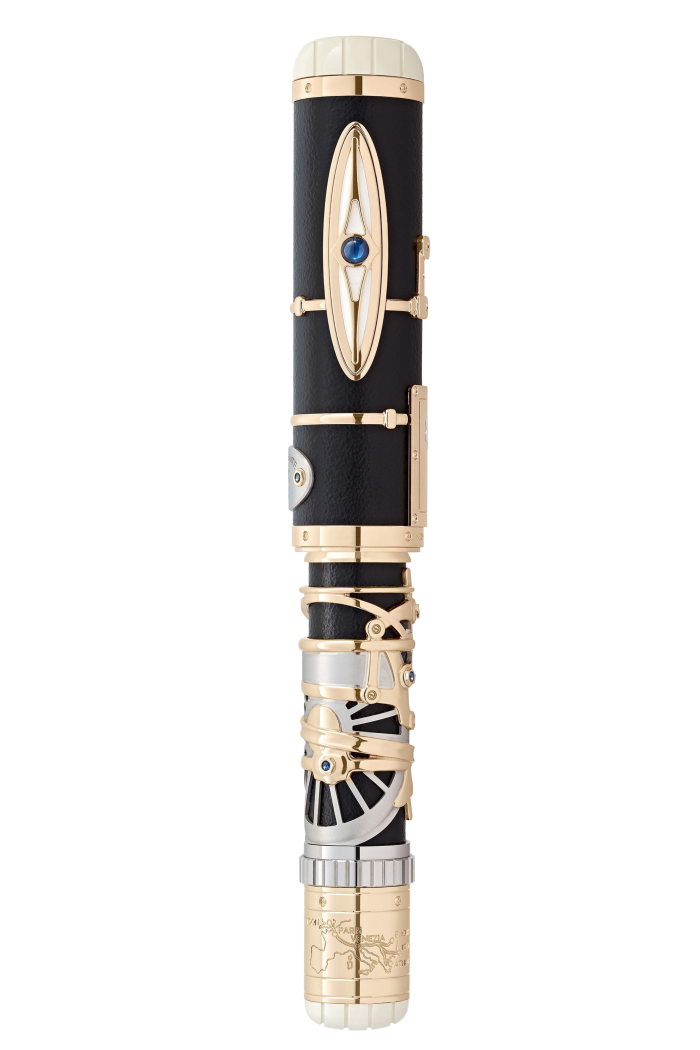
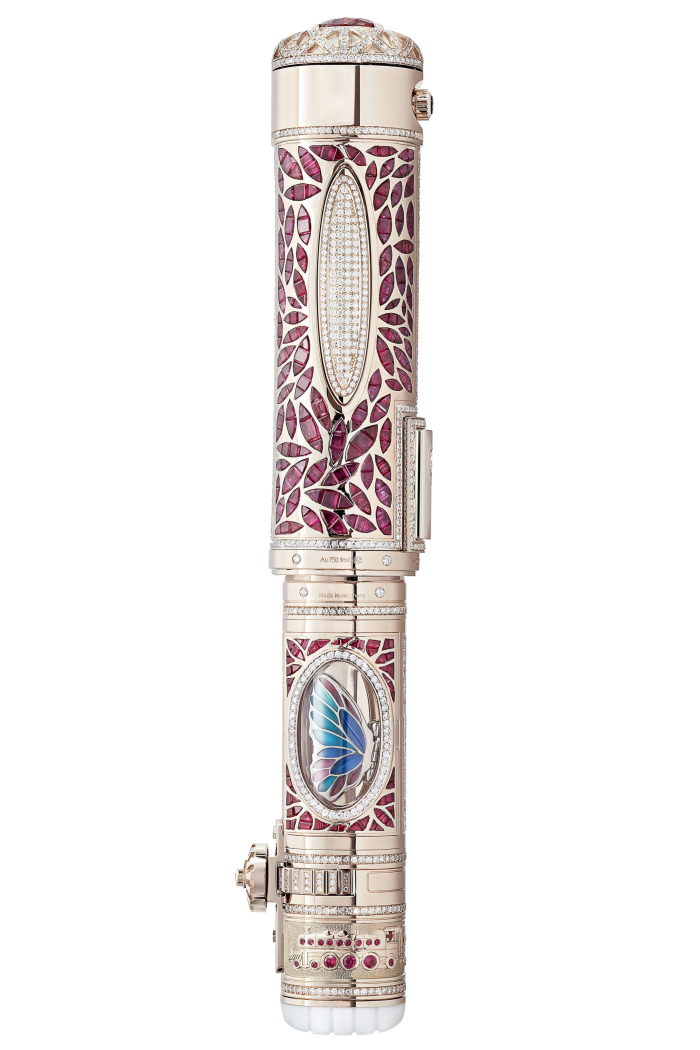
“[Pen-making] is a strong differentiator for the brand,” says Vincent Montalescot, chief marketing officer at Montblanc. “No diversified luxury brand has this distinctive connection to the culture of writing and has played such an important part in its evolution over the past 115 years.”
The High Artistry pens are writing a new chapter for Montblanc. Hospitality group Accor’s relaunch of the Orient Express brand has revived interest in the train, known from literature and movies, and has opened up new possibilities for Montblanc.
An 18k gold pen adorned with rubies and diamonds features a windowed door at one end, which opens to reveal a butterfly spreading an enamelled wing — a nod to Orient Express passenger and British spy Robert Baden-Powell, whose butterfly drawings were coded depictions of maps of enemy fortifications.
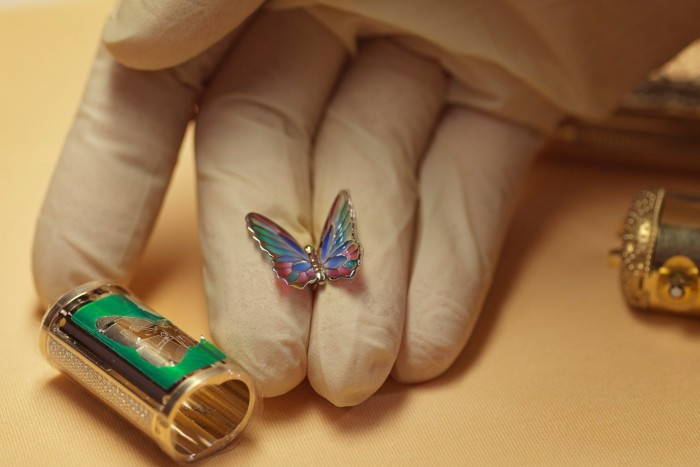
“In today’s saturated market, an ingenious strategy to cut through the noise is the art of category creation,” says Laurent François, managing partner at consultancy 180 Global. “Creating a new category isn’t merely about labelling products, it’s about crafting an identity.”
Other categories benefit, too. “Most of our clients are cross-category buyers who not only have a strong passion for our writing instruments but also have a genuine appreciation for our other products,” says Montalescot.
Montblanc recently launched “The Library Spirit”, a campaign highlighting libraries worldwide and their function as places of studying and writing.
“The act of writing is very personal, a means of communication and self-expression that connects us to others,” says Montalescot.
“We therefore have a very powerful medium in our hands to meaningfully connect with people.”
Comments